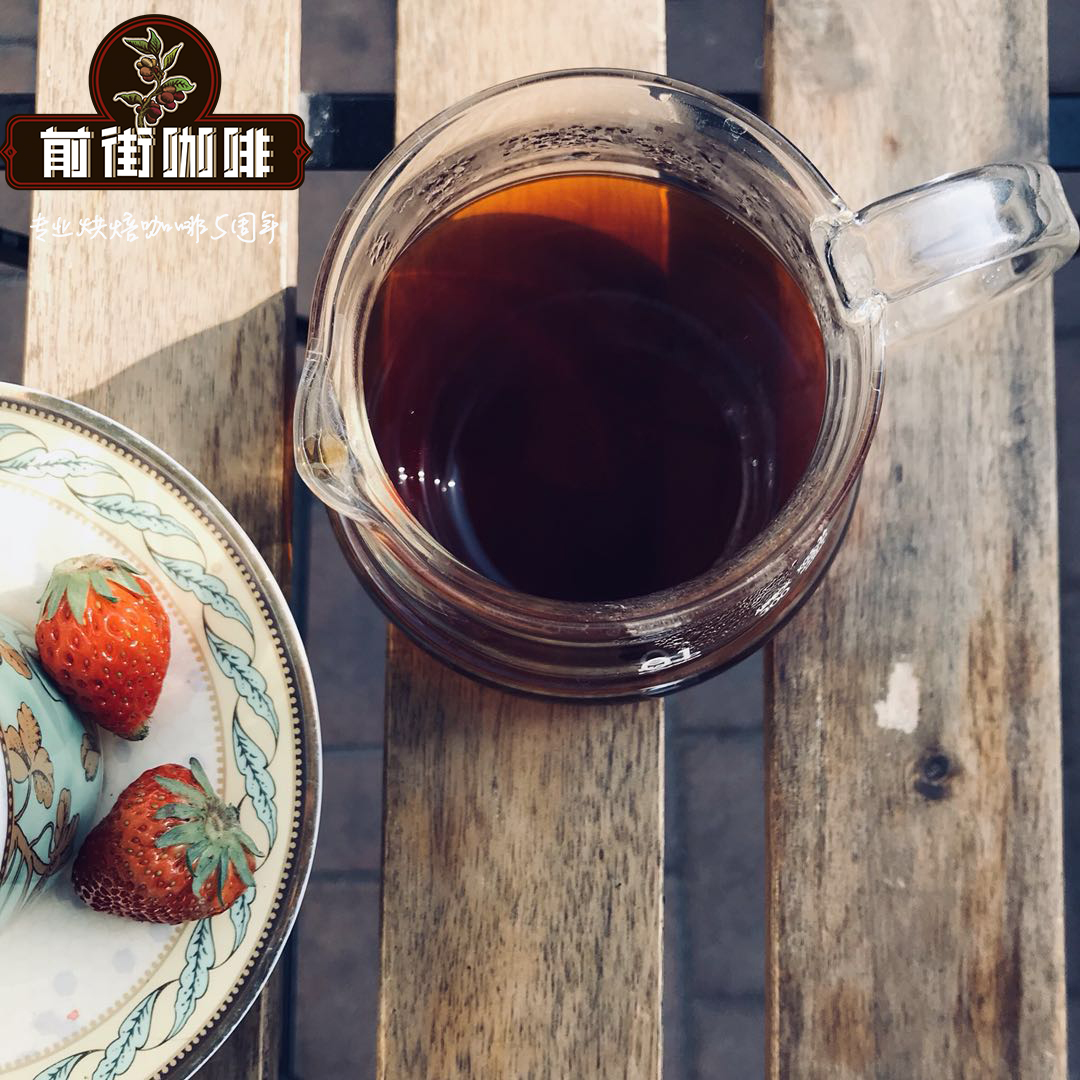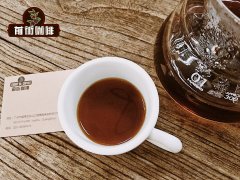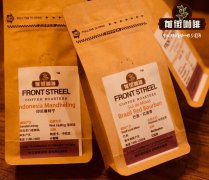Characteristics of Coffee in Brazil Coffee production area introduction and Flavor of Solar Datra Alamosa Coffee
Characteristics of Coffee Flavor in Sirado producing area of Brazil
The famous Brazilian producing area Hirado, located in the southern state of Parana, is famous for its exquisite quality. Hirado producing area (Cerrado Coffee Region) is about 1000m above sea level, with distinct dry and wet seasons, annual average temperature of about 21 degrees, fertile soil and rich minerals, so that the coffee beans can get adequate nutrition. It is unique among many producing areas in Brazil and is the choice of high-quality Brazilian beans.
Syrador coffee is mostly washed or semi-washed, with nutty aromas, smooth entrance, sweet tail, special flavor of tropical fruits and nut almonds, similar to Brazilian Santos but more delicate and clean.
Special bean species: Alamosa
Alamosa Aramosa is a very rare bean seed that is currently grown only on the Datra farm in Brazil.
Since 2016, different batches of Alamosa have been included in Datra's "Masterpiece" micro-batch bidding beans, which are rarer than Rosa and bourbon pointed bodies.
Aramosa is a mixture of Arabica and Las Mossa. Racemosa is native to southern Africa, mainly on the coast of South Africa. It is a coffee species with very low natural caffeine content (Species). At the Campanas Institute of Agriculture in Brazil (AO mixed with Arabica), Alamosa is only 7% caffeine, and the average caffeine content of Arabica beans is 1.4%. 1.8%. Low caffeine content reduces the plant's resistance to diseases and insect pests, making the coffee so delicate that 30% of the newly grown Alamosa will not survive in the first year.
Alamosa has attracted the attention of bakeries all over the world, just like Bourbon Tip, not only because of its low caffeine content, but also because of its excellent flavor, and Datra uses different post-processing methods to treat Alamosa. as a result, different batches show different flavor characteristics. Alamosa has five different batches in the 2019 "Master works" series, namely washing, honey treatment, aerobic impregnation, carbon dioxide impregnation and so on.
The Barn's Alamosa is made in the sun, and according to The Barn, "the sun treatment improves the floral and fruit flavors, showing cantaloupe, almond, milk chocolate, Brazil nuts and citrus flavors. In addition, this coffee is very sweet with a smooth creamy mouth. "
The winner of the 2018 World Cooking Competition is another natural low-caffeinated bean from Datra, Laurina, which is used by Emi Fukahori in Switzerland and challenges other players in the world competition.
After this battle, Datra Farm's pursuit of the ultimate quality of coffee is better known, with strict quality control, and the launch of any new bean usually takes 15 years of testing and selection.
However, due to the wide area and rich resources of Datra Farm, it can support a variety of advanced experimental planting and treatment.
The Barn will work with Datra to conduct treatment experiments with 0.5 hectare Alamosa beans, and the results of innovative experiments will be verified in the next production season.
Brazil Datra Alamosa sun low caffeine
Brazil Daterra Aramosa natural low-caf
■ producing country: Brazil, Brazil
■ variety: Alamosa Alamosa
■ producing area: Hirado Cerrado
■ Farm: Datra Daterra
■ altitude: 1200 m
■ treatment: sun Natural
■ flavor: Violet, cantaloupe, almond candy, cream

Important Notice :
前街咖啡 FrontStreet Coffee has moved to new addredd:
FrontStreet Coffee Address: 315,Donghua East Road,GuangZhou
Tel:020 38364473
- Prev

Owen Fernandez, a farmer in Baihua Village, Honduras, introduces the flavor characteristics of washed Pacas coffee.
Owen Fernandez, a coffee from Santa Barbara, Honduras, is famous for its unique flavor due to its microclimate and the evolution of different varieties. The mountains of Santa Barbara are steep next to the primeval forest, and the rainfall is particularly unstable. There are several small villages nearby, except Baihua Village, El Cedral
- Next

What is the function of a small hole in a coffee bean bag? Stop squeezing coffee bags to smell it!
If you have looked at the coffee bean bag, you will find that there is an object on the back that looks like a button, and there may be a small hole in it, called an "air valve". The purpose of this device is to remove carbon dioxide from the bean bag, because freshly roasted coffee beans have to be vented, which is more aptly said to feel like breathing. The function of the air valve is to help release carbon dioxide from coffee beans, so
Related
- Beginners will see the "Coffee pull flower" guide!
- What is the difference between ice blog purified milk and ordinary milk coffee?
- Why is the Philippines the largest producer of crops in Liberia?
- For coffee extraction, should the fine powder be retained?
- How does extracted espresso fill pressed powder? How much strength does it take to press the powder?
- How to make jasmine cold extract coffee? Is the jasmine + latte good?
- Will this little toy really make the coffee taste better? How does Lily Drip affect coffee extraction?
- Will the action of slapping the filter cup also affect coffee extraction?
- What's the difference between powder-to-water ratio and powder-to-liquid ratio?
- What is the Ethiopian local species? What does it have to do with Heirloom native species?

